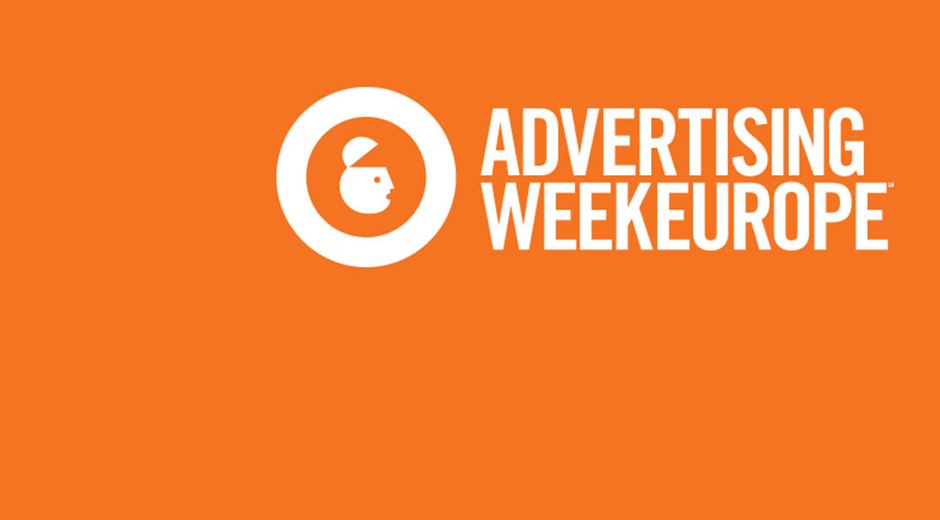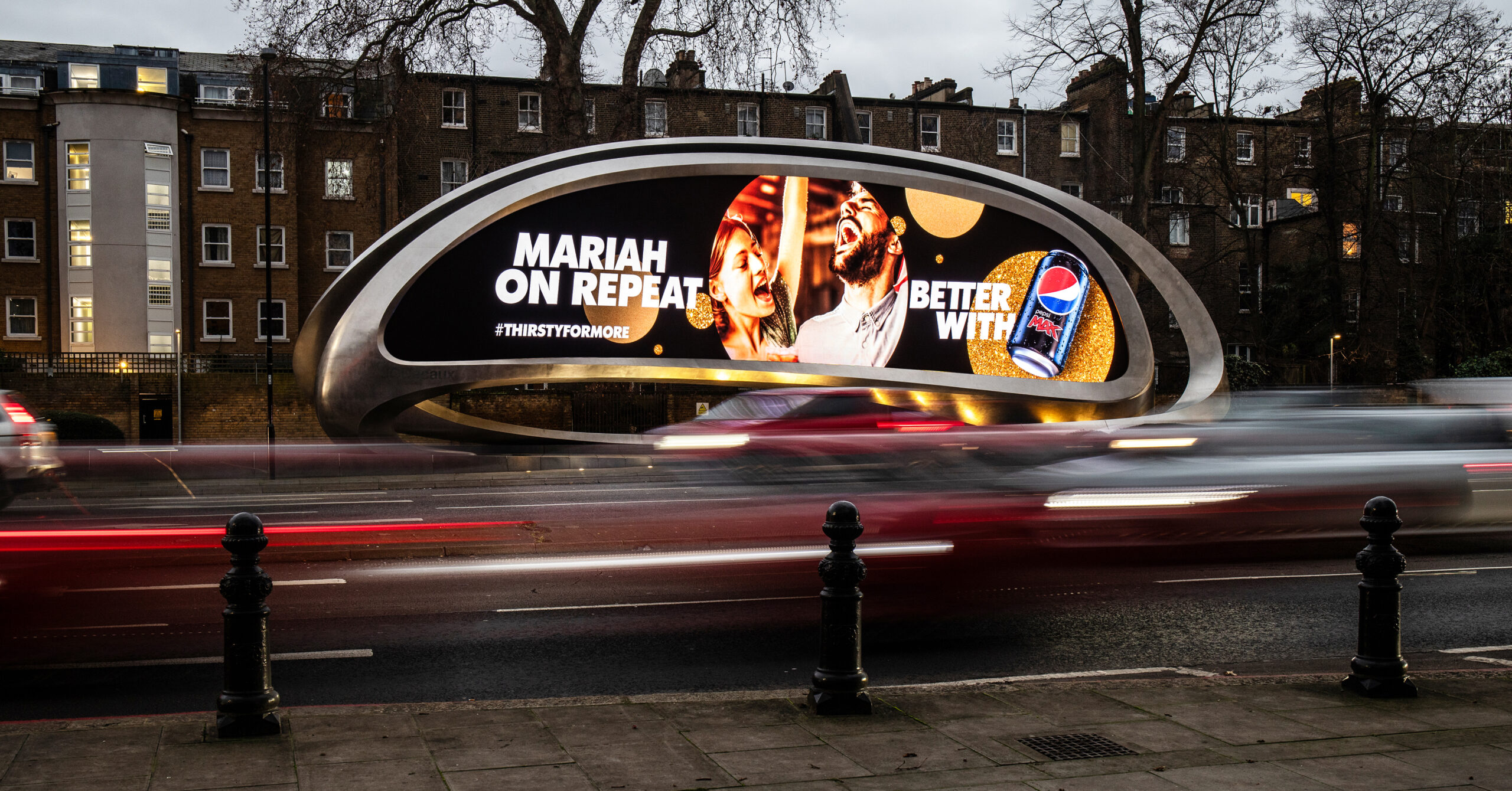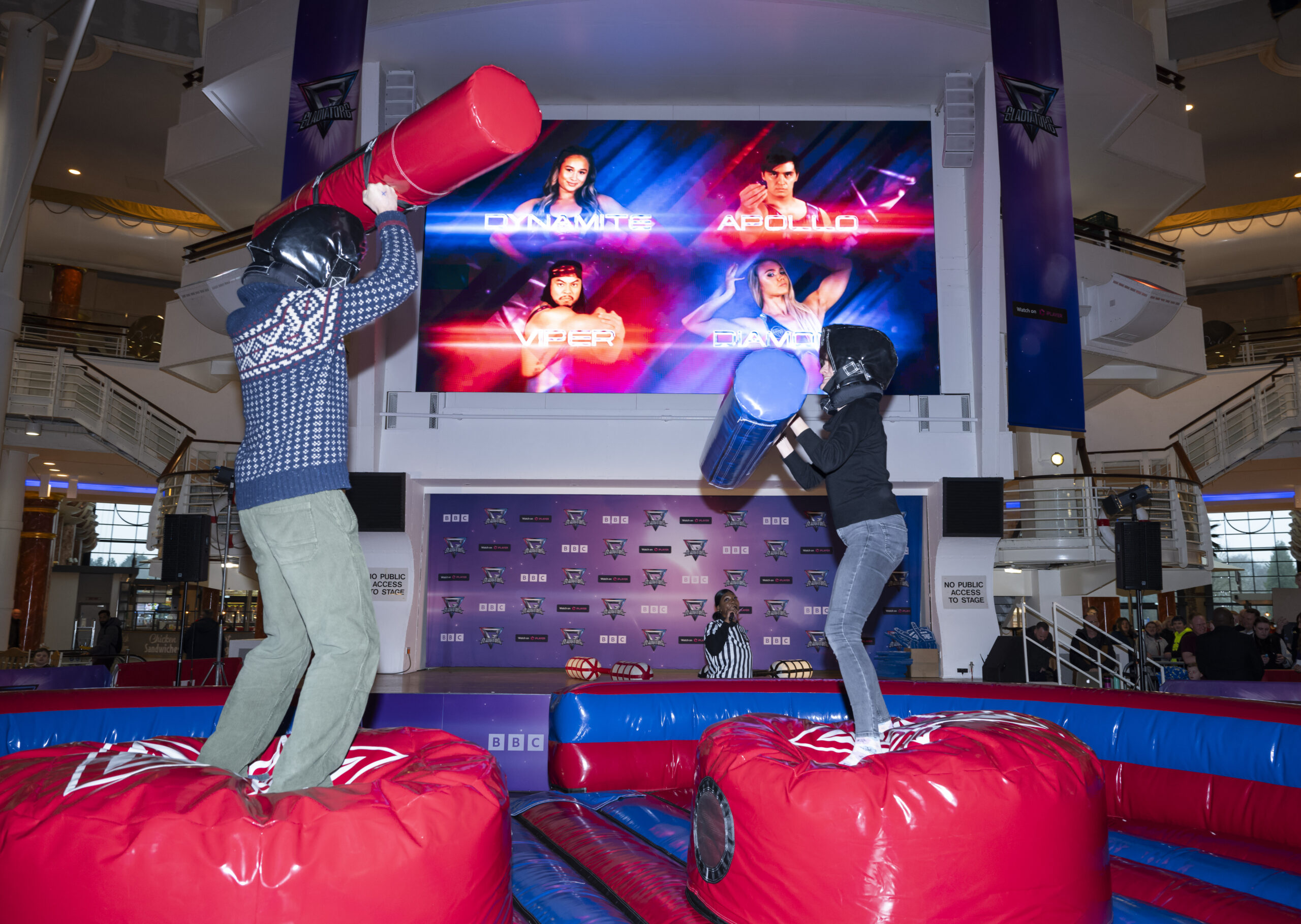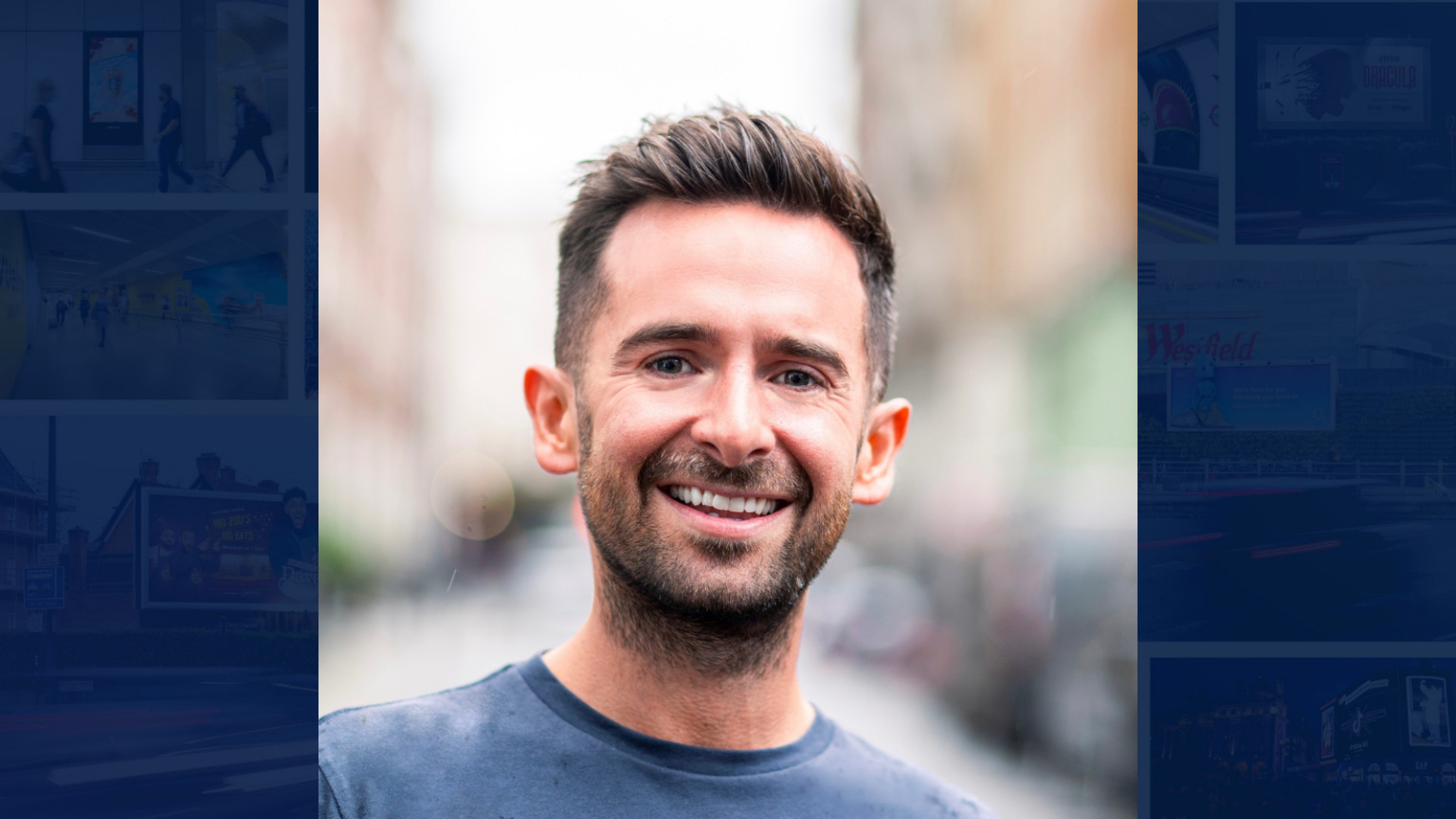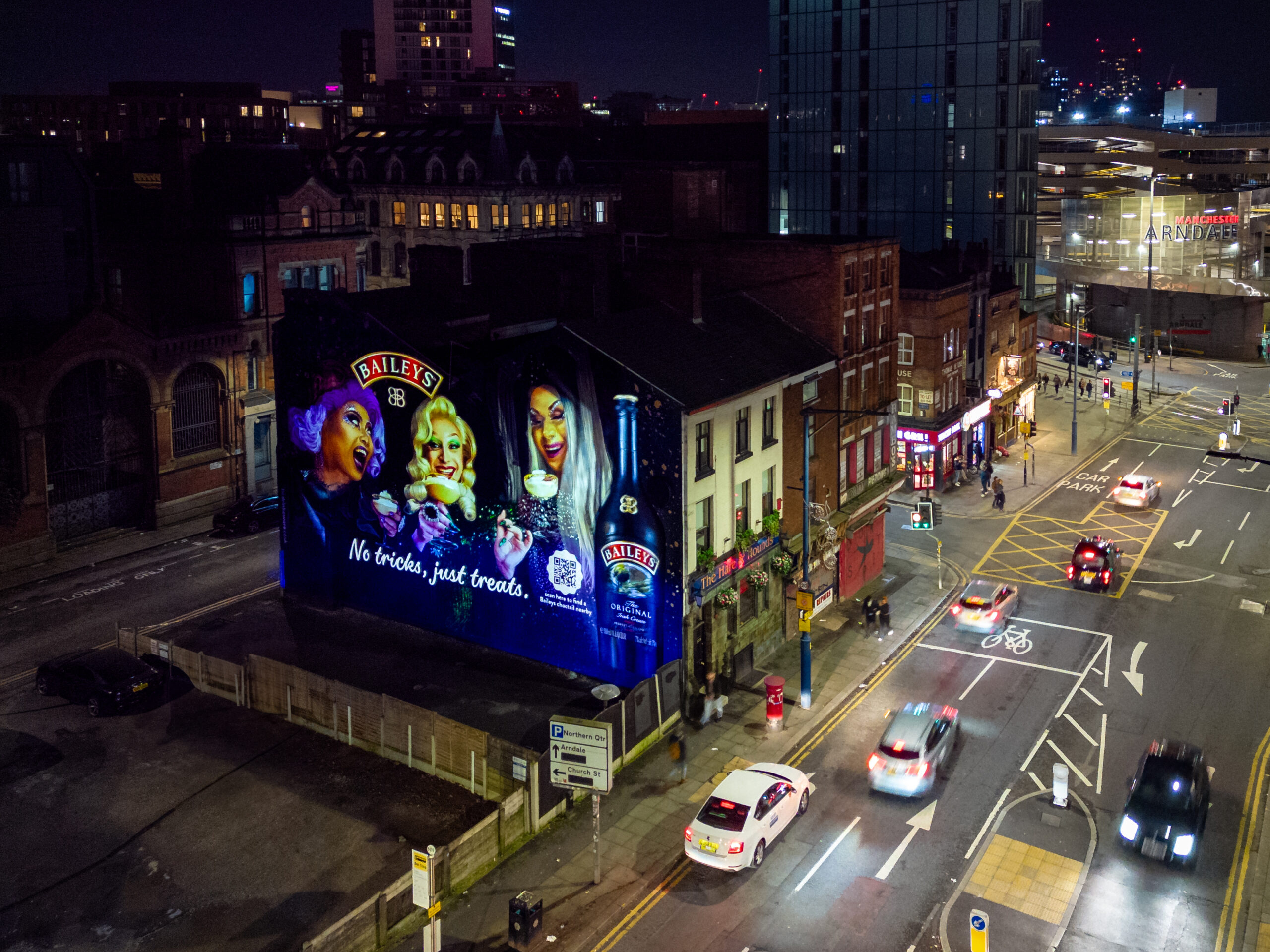Day 1 at Advertising Week Europe 2015 – a DOOH perspective
DOOH seemed to take centre stage on Day 1 of Advertising Week 2015 with a number of events having it at their core.
First up was the intriguingly titled “Let’s Get Ready To Rumble! £100k Giveaway!”. VCCP, Adam & Eve and M&C Saatchi were invited to see who could deliver the best out-of-home pitch. Billed as a “one off battle-of-the-brands event” to find the agency “best able to exploit mobile & digital media, fully realising the power & potential to target consumers OOH”. We could hardly turn down that opportunity could we?
A quick introduction from Paul Bainsfair of the IPA and then an overview by Claire Beale of Campaign the pitches began. You can watch a replay of the event here. However, if you don’t have time here is our top-line summary.
Jim Thornton of VCCP talked about a digital IED blast and the need to raise funds to build a Defence National Rehabilitation Centre for those hurt by the real things. The idea was that iBeacons would be used to send texts to those within range with a custom message relating to their proximity to the blast zone.
Then Richard Brim of A&E DDB talked about a tweet to #GetLayaMoving an initiative to help a severely disabled little girl get a new wheelchair. Tweets would move an animation of Laya across the screen with the aim of getting her to the other side.
The final pitch came from David Bedwood of M&C Saatchi and was very different from the first two. He chose Posterscope as their brand/client and presented five concepts showing how DOOH can be used . . . very irreverent and not to be taken seriously.
Posterscope’s CEO presented a £100k cheque to Richard Brim and then even agreed to donate an additional £25,000 to the National Rehabilitation Centre idea pitched by VCCP. She said: “We should get more creatives involved earlier to generate invigorating and exciting ideas like these.”
Next was “Out of Home Never Out of Context” which was introduced and chaired by Naren Patel, CEO of Primesight
I was expecting a debate and got one to a certain extent, but there was more consensus than disagreement on the panel, particularly on the fact that technology supports a great idea – it doesn’t take anything away from it. If the idea or story is right then the tech simply enhances it.
You could look at it this way: storytelling started with a pen and paper, then the typewriter came along, then computers and now we are entering a new era of storytelling. This is the implementation of technology that driving storytelling and creative execution to the next level. There are stories of people running from movie theatres when they first saw a moving image of a train coming towards them – DOOH might not get people running away but it can certainly provide that ‘WOW’ moment.
The panel went on to discuss what a great idea should have at its core – the person and the context. And of course we should always consider how the use of technology can enhance the whole story and not just use it for its own sake.
Ann Wixley of OMD suggested that agencies should set up a trial ‘pot’ for experimentation to ensure protected space for pushing creative ideas. She said that good technology is something that either gives the audience something magical (as in the Lynx angel augmented reality activity or the more recent Disney SideShadow work) or something useful such as Google outside – it should be contextual and relevant.
Andy Tilley CSO of Talon agreed on this point saying that factoring audience mindset and location for context is exactly the resonance we should seek.
So ultimately planning and collaborating will be key going forward. The panel agreed, and so do I, that achieving true collaboration will mean tackling one brief at a time but critically doing it together.
“What Data can DOOH for Us Today” saw Adam Cherry at Liveposter, discussing the fact that DOOH is now worth a third of all OOH spend – giving a huge 4 billion impressions a week. Despite this only 6% of advertisers use data strategically which strikes me as the biggest flaw in the medium’s progress – after all, as Adam went on to say, latest research by Liveposter shows that dynamic is 3 times more memorable than linear. Surely now is the time to put data closer to centre stage. We have the tools, such as OpenLoop, to analyse and deliver in real time so let’s use it to target and ensure that work is more measurable and effective.
There was a discussion about media agencies and whether they were buyers or consultants. Panelists talked about specialists and specialisms within their agencies and how collaboration should work to achieve fewer silos. Interestingly there was no talk about how they (most of the panel) would work with specialist companies outside their units or how they would nurture those relationships with agile partners. I believe there’s further discussion to be had on this as strong partnerships in DOOH have already got a track record in delivering successful campaigns.
We were interested in “Augmented Creativity: Man Vs Machine” where we heard how, despite technology changing the rules of the game, creativity still have to connect to something of the human experience. For us in DOOH this session served as a reminder that we’re delivering messages to real people so we have to remember that their reaction is our main focus and we should always use technology in a way that human beings can respond to.
So it was a lively day and one that shone the light on OOH and DOOH – it was great to see us being given such prominence in the programme.
Whilst everyone agreed that there was a richer mix available in OOH now in terms of digital stunts, dynamic creative and traditional formats, there is not much articulation of what the mix should look like for optimum effectiveness. There was also agreement on the fact that dynamic DOOH creative should be the new normal and it feels like DOOH has the feature set of a medium for now and the future.
Now for the rest of the conference…
